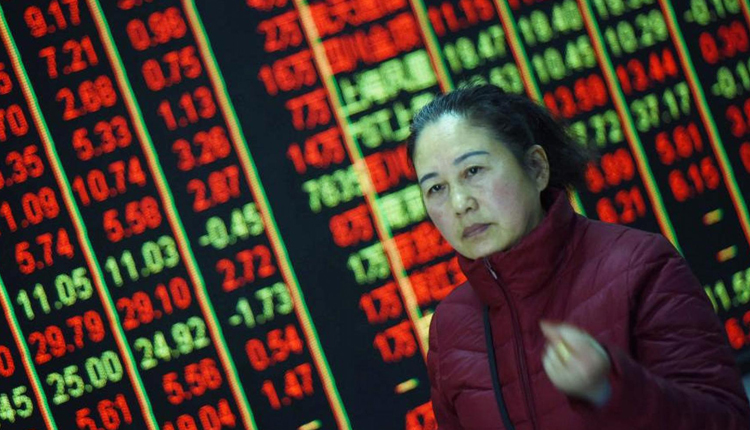Asian stocks were mixed on Wednesday afternoon. Australia’s ASX 200 traded higher by 0.24 percent, with most sectors in positive territory.
Shares of the country’s largest private education company Navitas continued to surge by 22.18 percent after the company earlier announced it had received a 1.97 billion Australian dollar (approx. $1.4 billion) buyout offer from a consortium.
“Navitas has been going sideways and as a result the share price hasn’t gone anywhere,” Morningstar analyst Gareth James told Reuters. “A private equity firm can come in and change the strategy, make it growth-orientated, possibly do some M&A and bring it back to the market in a couple of years.”
In Japan, the Nikkei 225 shed most of its earlier gains to trade largely flat in the afternoon, while the Topix remained higher by around 0.2 percent, with most sectors trending in positive territory.
Earlier in the day, data showed that core machinery orders in Japan rose above expectations in August, suggesting possible growth in capital expenditure.
In the Greater China region, the Hang Seng index in Hong Kong was up by 0.43 percent in the afternoon.
Over on the mainland, the Shanghai composite was lower by 0.18 percent after trading higher earlier, while the Shenzhen composite declined by about 0.19 percent.
South Korea’s Kospi remained in negative territory, trading lower by about 1.02 percent.
Poll finds forecast of yuan recovery
According to a Reuters poll, analysts expect the Chinese yuan to recover from some of its recent losses against the greenback over the next year on hopes that U.S.-China trade tensions and risks in emerging markets will ease.
A “temporary truce” between the U.S. and China is possible, Sim Moh Siong, a currency strategist at the Bank of Singapore, told CNBC Wednesday. That could pave the way for a stabilization in the renminbi and “perhaps a bit of strengthening,” he said commenting on the poll.
“Potentially in a year’s time (we) could see a … cooling down of the red hot U.S. growth and that could undermine the dollar strength we are seeing right now,” he said.
As of 11:45 a.m. HK/SIN, the onshore Chinese yuan was at 6.9195 against the dollar while the offshore yuan traded at 6.923. The People’s Bank of China had earlier set the midpoint for onshore trade at 6.9072 for the day.
Trump voices displeasure with Fed interest rate policy
U.S. President Donald Trump said Tuesday that he did not like the Federal Reserve’s decision to continue hiking interest rates.
The U.S. central bank last raised its benchmark interest rate by a quarter point in September, while raising its expectations for economic growth for this year and next.
“What’s happening in the U.S. is very different than what’s happening abroad. We have this sort of dissonance where the U.S. is now at a point in time where growth is accelerating and the Fed feels like it’s chasing that growth upward and in fact, every forecast it has it keeps marking up the forecast on growth,” Diane Swonk, chief economist at Grant Thornton, told CNBC on Wednesday morning.
Currencies
The U.S. dollar index, which tracks the greenback against a basket of currencies, was at 95.591 as of 11:42 a.m. HK/SIN, easing off its highs above yesterday’s 96.0 mark.
The Japanese yen traded at 113.04 against the dollar, while the Australian dollar saw a continued gain at $0.7115 following an overnight rally.
In the oil markets, prices declined in noon trade in Asia. The global benchmark Brent crude futures contract declined by 0.25 percent to $84.79 per barrel, while the U.S. West Texas Intermediate (WTI) crude futures contract slid by 0.45 percent at $74.62 per barrel.
Source: CNBC



